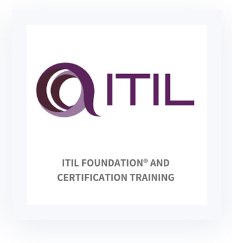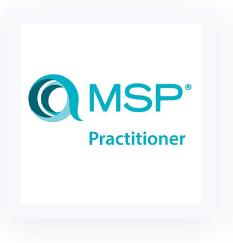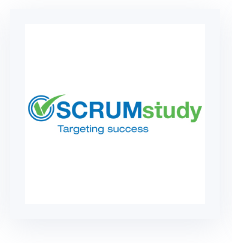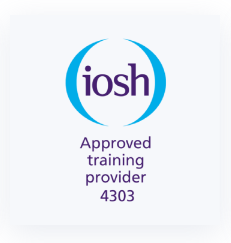CSP Courses
Your Ultimate Guide to Certified Safety Professional Certification
The Certified Safety Professional (CSP) certification is one of the most prestigious credentials in the field of occupational health and safety. Offered by the Board of Certified Safety Professionals (BCSP) in the United States, it is globally recognized as a benchmark for safety expertise and leadership.
In this article, we’ll explore everything you need to know about CSP courses, including eligibility, course structure, benefits, and how you can earn this credential—especially through the IOSH Level 6 Diploma, a direct pathway that eliminates the need for the ASP exam.
What is CSP Certification?
The Certified Safety Professional (CSP) is a credential awarded by the BCSP (Board of Certified Safety Professionals) to individuals who demonstrate advanced knowledge and experience in occupational safety and health. It validates a professional’s ability to manage and implement effective safety systems in the workplace.
Holding a CSP shows employers and clients that you have the skills, knowledge, and dedication to drive safety performance and compliance at a high level.

Who Should Pursue CSP Courses?
CSP certification is ideal for:
HSE Managers and Safety Engineers
Safety Consultants and Advisors
Risk Assessment Professionals
NEBOSH or IOSH Diploma Holders
Anyone aiming for top-tier roles in HSE (Health, Safety, Environment)
Eligibility and Pathway to CSP Certification
To pursue the CSP credential, you generally need:
A Bachelor’s degree or higher in any field (science or engineering preferred)
Four years of professional safety experience
A BCSP-qualified credential like:
ASP (Associate Safety Professional)
IOSH Level 6 Diploma (Pathway – no ASP exam required)
NEBOSH International Diploma
📘 IOSH Level 6 Diploma – A Direct Pathway to CSP
The IOSH Level 6 Diploma in Occupational Health and Safety is now recognized by BCSP as a qualifying credential for CSP certification. This means you can become a Certified Safety Professional without taking the ASP exam, streamlining your journey.
This makes the IOSH Level 6 Diploma one of the most cost-effective, direct, and internationally valued routes to CSP certification.
📚 What You’ll Learn in CSP Courses
CSP courses focus on practical and theoretical concepts, including:
Risk management and hazard control
Fire protection and emergency planning
Industrial hygiene and toxicology
Safety training and communication
Safety program management
Environmental management systems
Legal and regulatory compliance (OSHA, ISO 45001, etc.)
Benefits of Earning the CSP Credential
Higher salaries and leadership roles in global companies
Recognition across industries: oil & gas, construction, manufacturing
Enhanced ability to influence safety culture and systems
Fulfills international safety job requirements in the US, Middle East, Asia
Pathway to advanced roles: EHS Director, Safety Consultant, HSE Trainer
According to the BCSP salary survey, CSP-certified professionals earn 20–25% more than their non-certified peers.
CSP Course Fees (M2Y Global Academy)
UAE Dirhams (AED): 1,500 AED
Indian Rupees (INR): ₹35,000
US Dollars (USD): ~$410
This fee includes expert training, materials, mock tests, and career guidance.
Study CSP with M2Y Global Academy
M2Y Global Academy is a trusted provider of international safety training and consultancy services. When you enroll in the CSP pathway through M2Y, you benefit from:
Flexible online CSP training classes
Support for IOSH Level 6 Diploma (direct CSP pathway)
Expert mentors with real-world safety experience
Mock exams and BCSP-aligned preparation
Placement and career support for CSP holders
Career Opportunities After CSP Certification
After earning your CSP, you’ll be eligible for high-level roles such as:
Safety Director or EHS Manager
Senior HSE Advisor or Consultant
Lead Auditor (ISO 45001, ISO 14001)
Corporate Safety Trainer
International Health & Safety Officer (in UAE, Canada, Qatar, UK, etc.)
Your certification also opens doors to working with government organizations, multinational corporations, and global construction or oil & gas companies.
How to Register
Interested in becoming a CSP? Here’s how to get started:
Choose your qualification path – IOSH Level 6 Diploma or NEBOSH IDip
Enroll with M2Y Global Academy
Attend live or recorded online sessions
Complete practice tests and mock exams
Apply for CSP via BCSP once eligible
FAQs About CSP Courses
CSP stands for Certified Safety Professional.
Yes, it’s a BCSP-approved qualification and does not require ASP as a prerequisite.
Construction, Oil & Gas, Manufacturing, Aviation, Pharma, and Government sectors.
Absolutely. M2Y Global Academy offers flexible online CSP training with expert guidance.
Depending on region and experience, it can range from $60,000 to $120,000+ annually.
Final Thoughts
Earning the CSP credential is one of the most effective ways to elevate your safety career to a global standard. With flexible training and expert support from M2Y Global Academy, your CSP journey is streamlined—especially if you choose the IOSH Level 6 Diploma pathway, which eliminates the need for the ASP exam.
Take the next step in your career with confidence. Get CSP-certified and open doors to international opportunities and leadership roles in occupational health and safety.





























